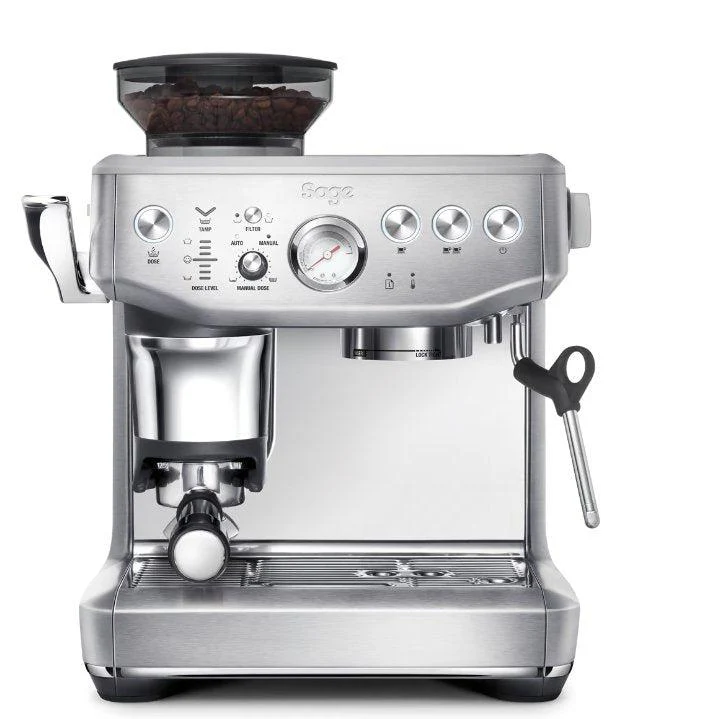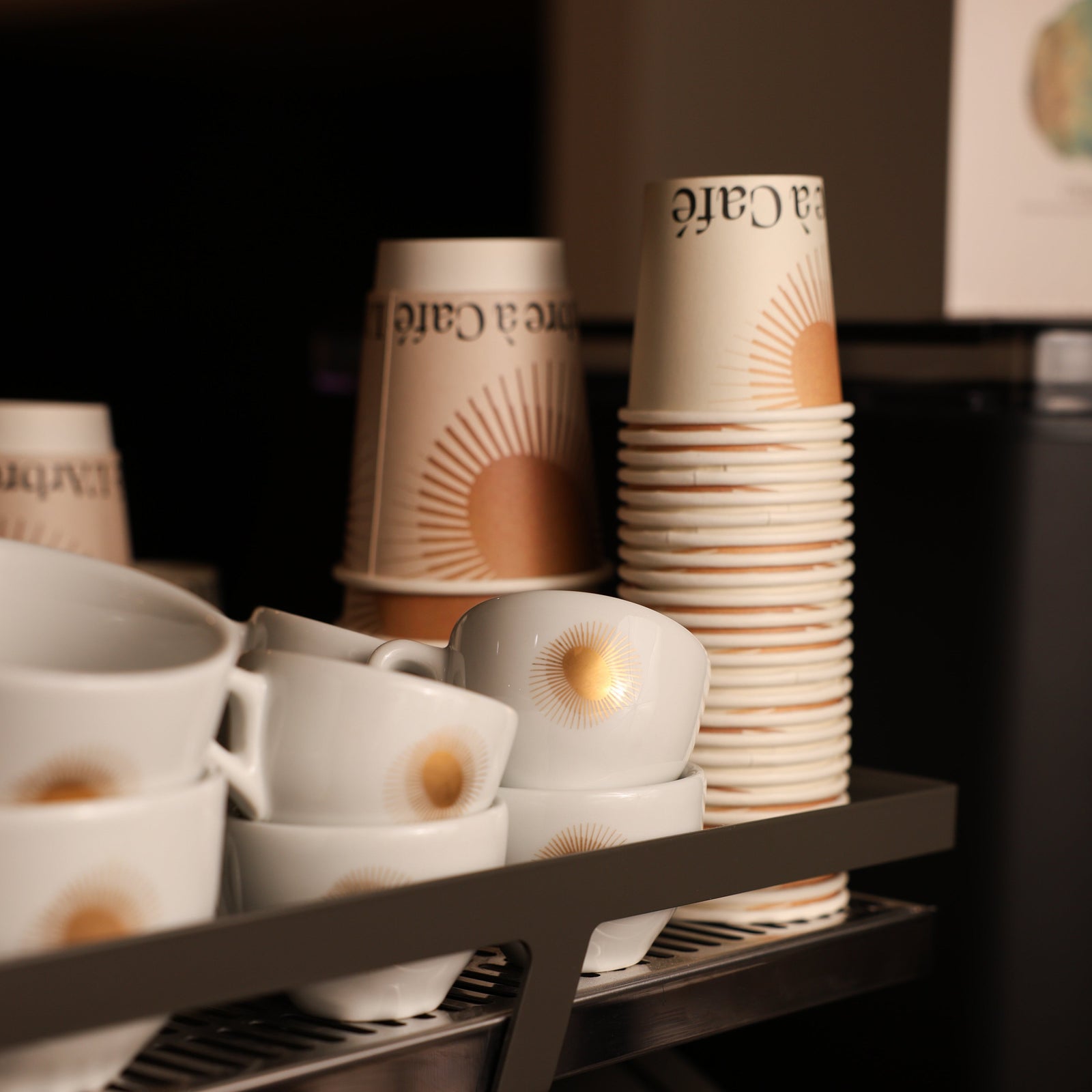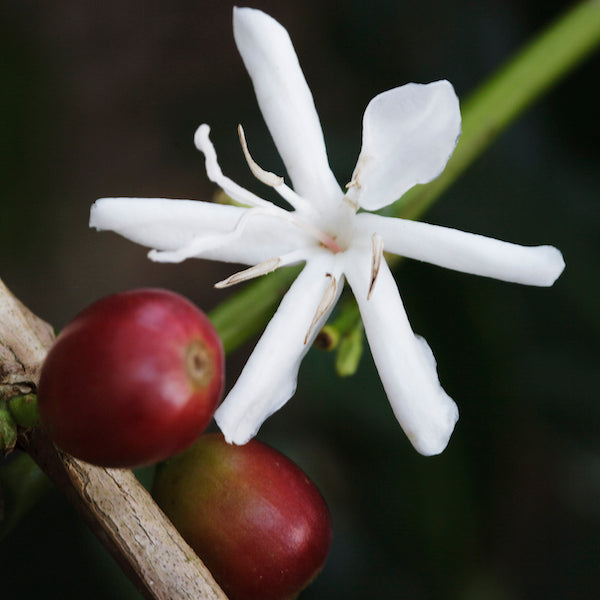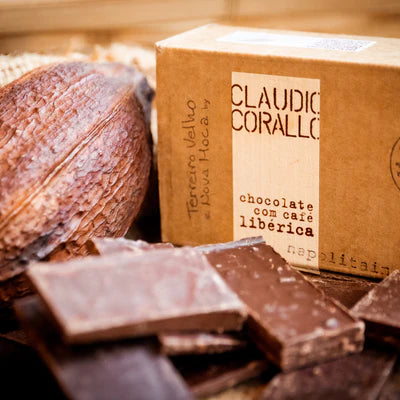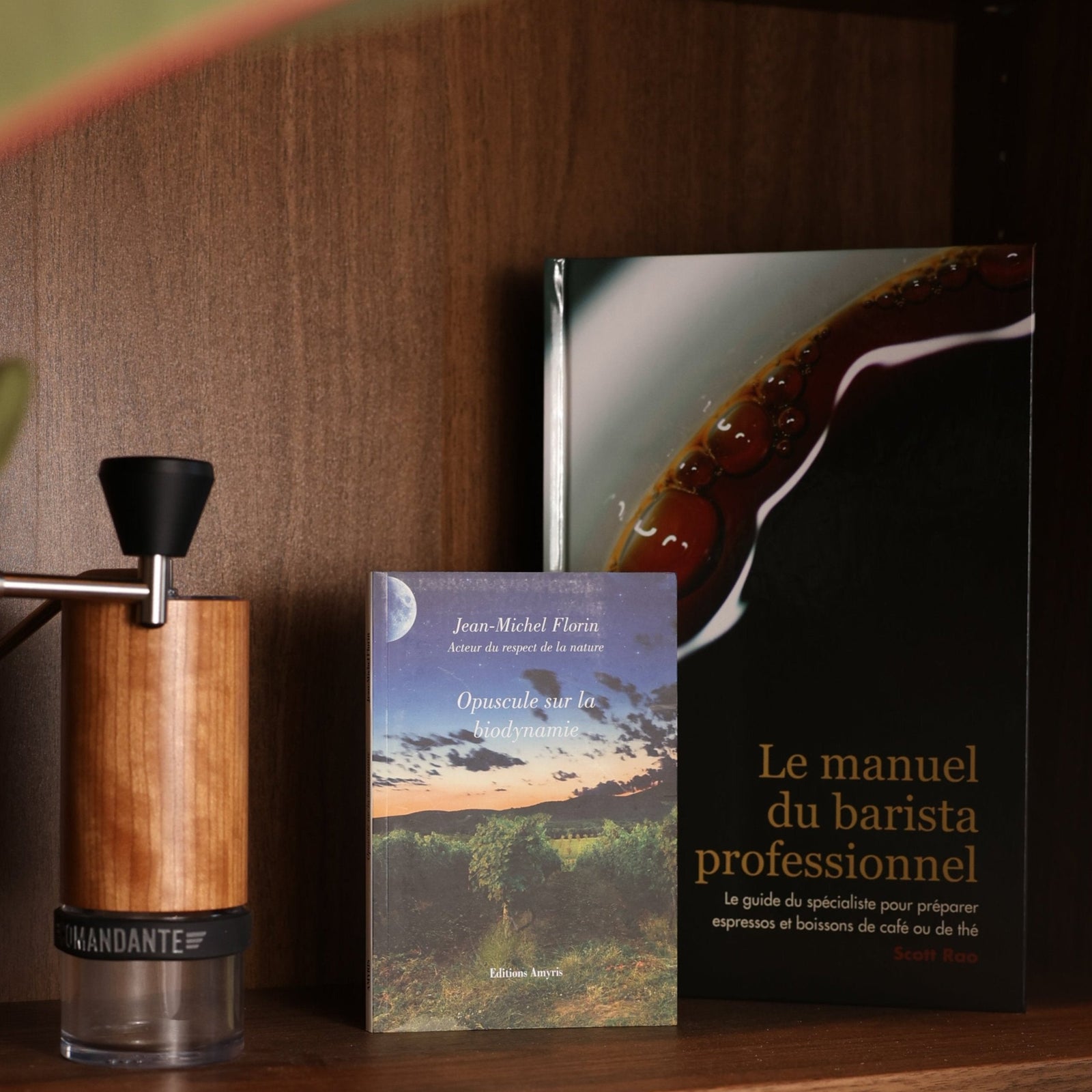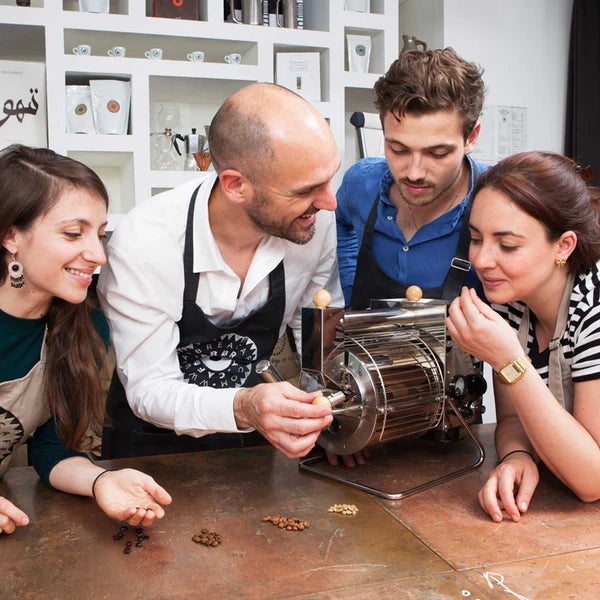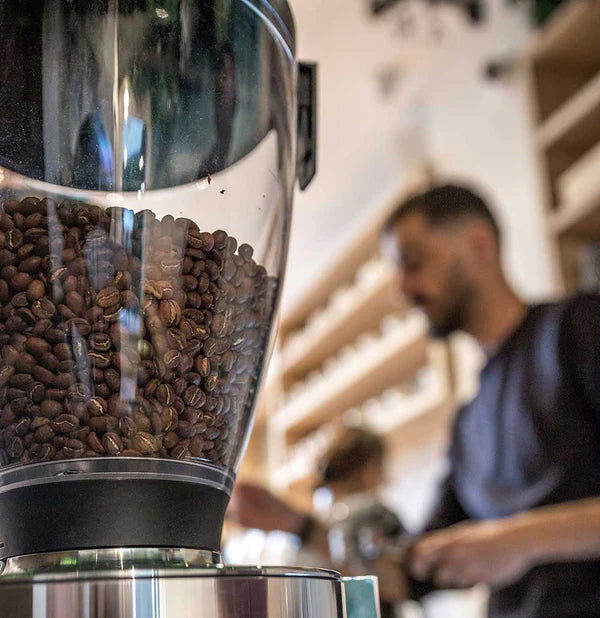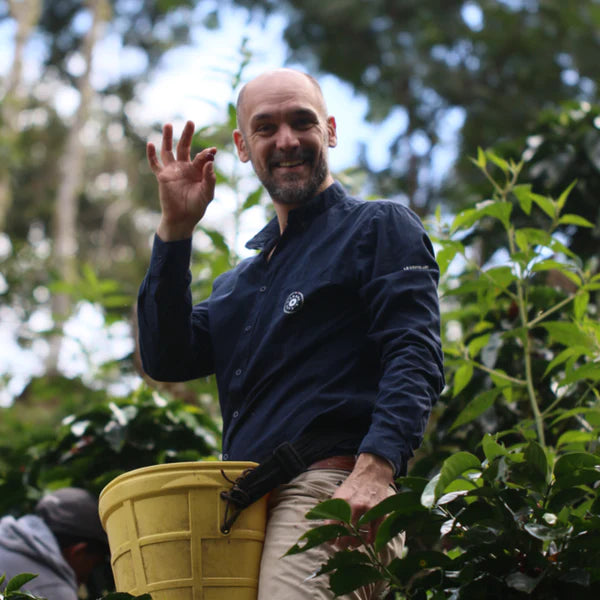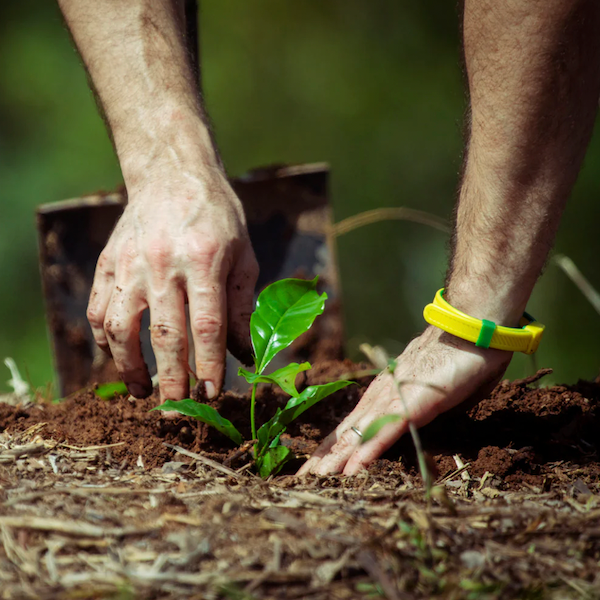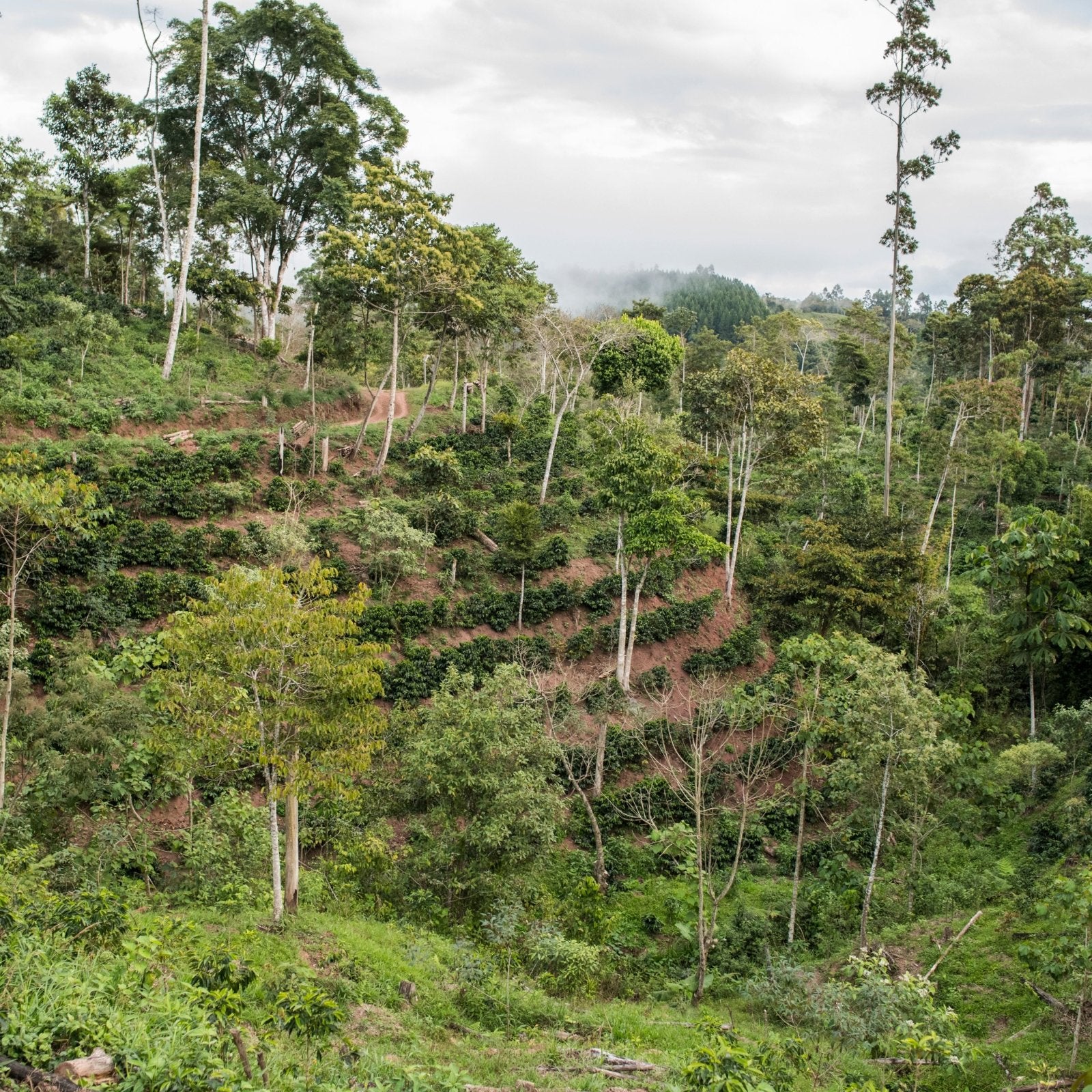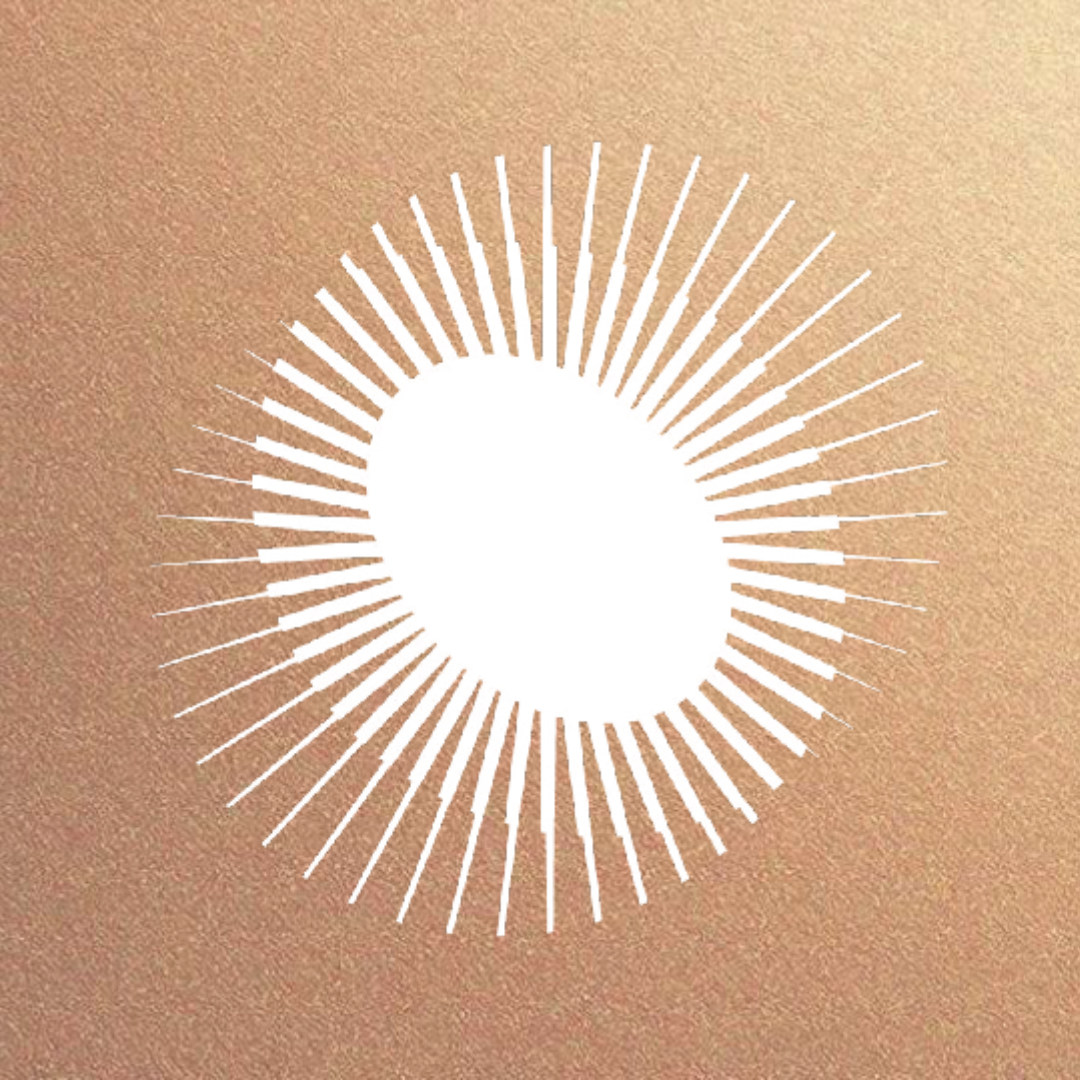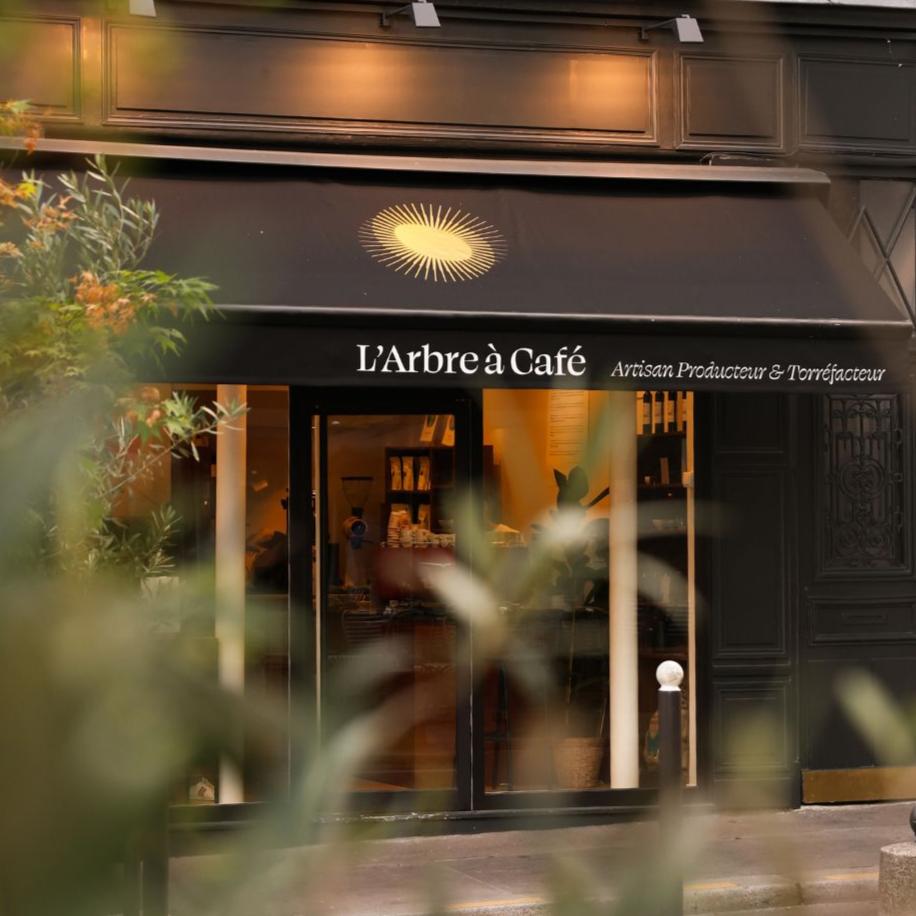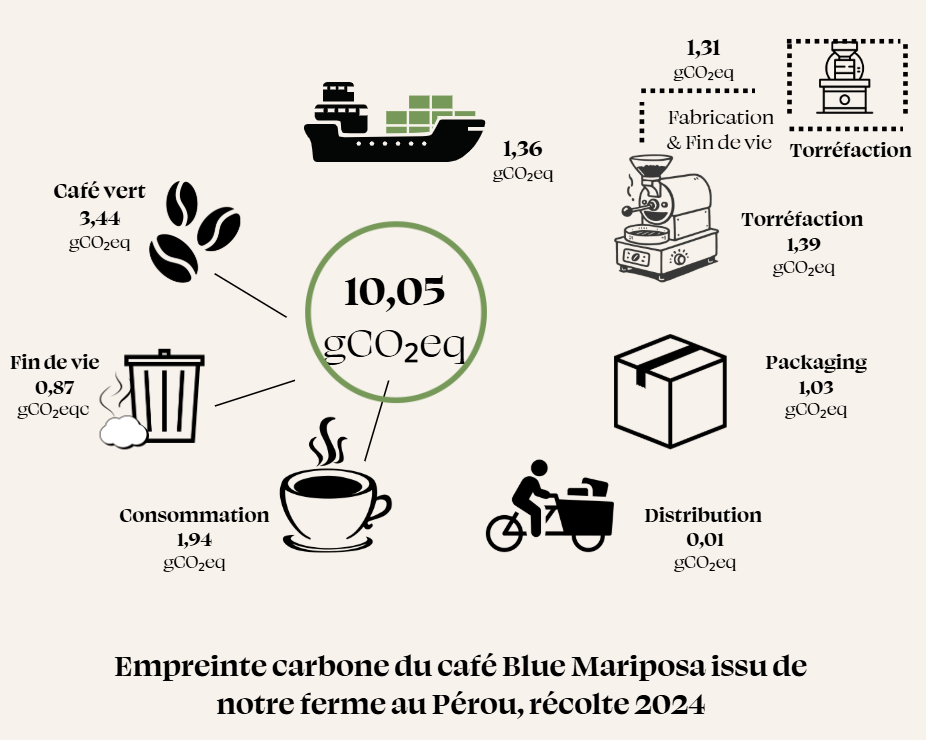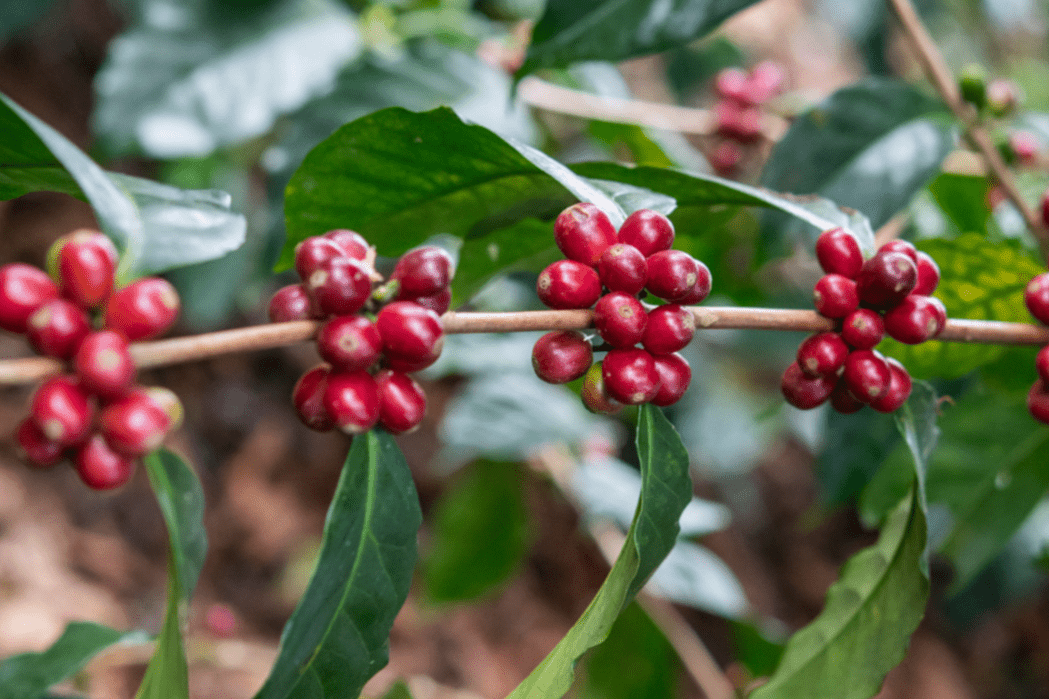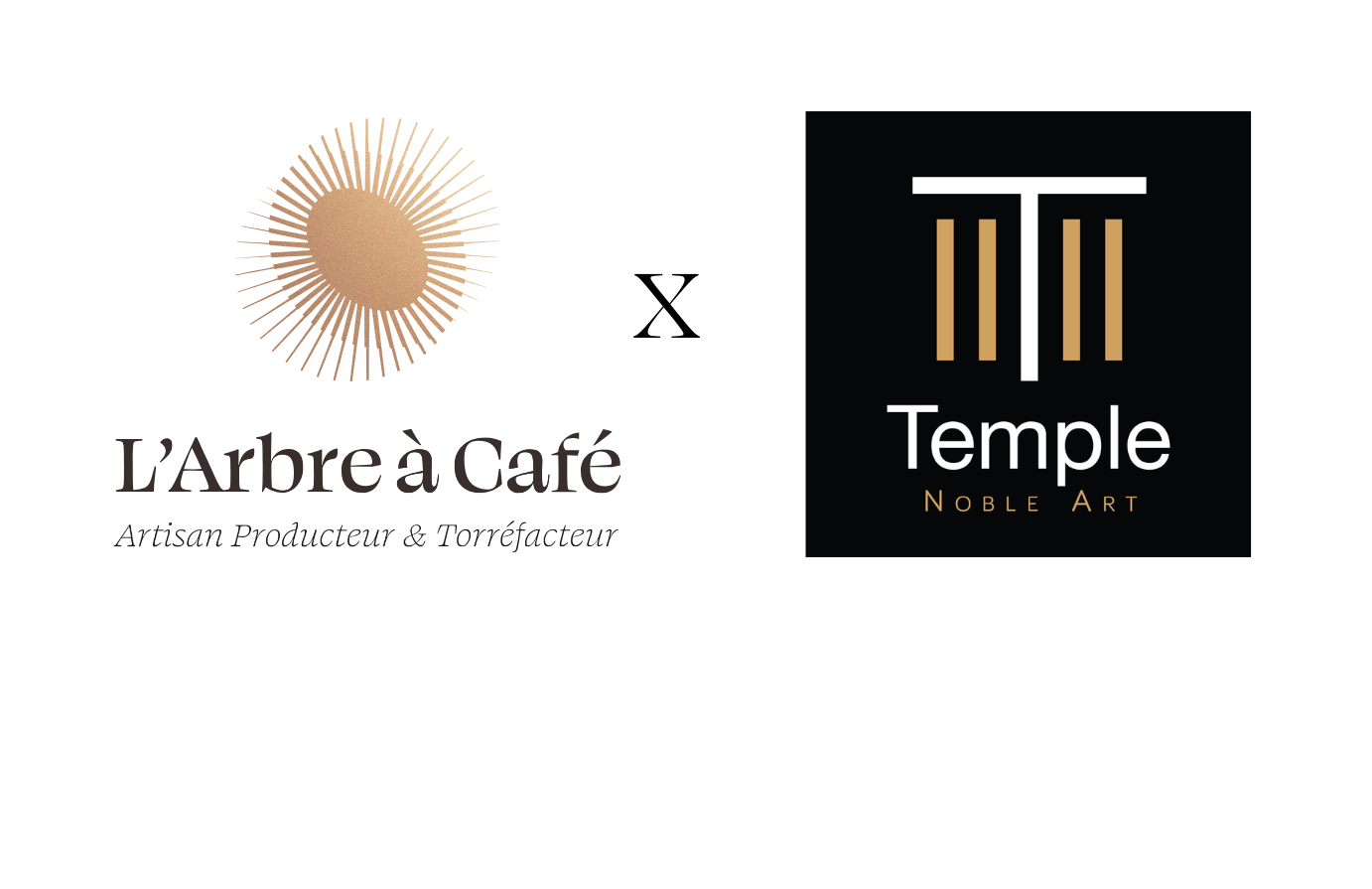An espresso is nothing without a good machine. That's why the younger generations are investing in the so-called mild extractions, which require much more affordable equipment.
A good espresso machine has the following characteristics
- Water management adapted to the coffee: no stagnation, thermal stability and temperature adjustment according to the type of coffee (several boilers).
- A constant or adjustable pressure (pressure profile): around 8 to 9 bars.
- Homogeneous, or better, adjustable water volume and distribution.
- Neutral materials without heavy metals (stainless steel/copper or plastic).
- The possibility to adjust and modulate these parameters.
Although they seem simple, even obvious, these five parameters characterize very few machines sold on the market, because they are complex and expensive to combine together. Thermal stability, for example, can be linked to the machine's heating system.
In this case, the choice is multiple: pressure switch or thermostat, simple heat exchanger or PID (pulse heating), single or double boiler, vertical or horizontal boiler, thermal quality of materials (copper and stainless steel/plastic). If the hoses and other hot water pipes are indeed made of plastic, as on the fully automatic machines, or of stainless steel or copper, the thermal inertia will not be the same.
Also, if the tank is placed vertically in the machine, the thermal difference between the top and the bottom of the tank will be very important. If, again, the hot water stagnates in the group (where the percolator is placed), chances are that your coffee will always be boiling... In short, as you can see, the coffee machine is a complex piece of engineering, which requires experience and can be expensive.
This explains why espresso was for a long time the prerogative of professionals, the only ones who could afford to invest in this type of machine. On the other hand, a quality machine should above all allow you to play with the five keys to a good espresso machine.
Today's best machines make every operation possible and espresso is being reinvented. The attention to detail and the work on temperature are the hobbyhorses of the best manufacturers, including La Marzocco and Della Corte, who were the first to deepen the system by offering multi-boiler machines. Each group can be set at different temperatures and adapted to the coffee to be extracted. Brands such as Slayer, Van der Kees and Synesso, often founded by former La Marzocco employees, share this same credo, which has now been adopted by most high-end machines.
In the space of ten years, coffee machine manufacturers have changed their logic to offer tools of an unprecedented level and flexibility, multiplying the possibilities of managing the different variables of extraction, tamping, flow and ratios. In a few years, there will probably no longer be a single good machine manufacturer, but certainly a dozen. These recent developments, which range from water management to pressure regulation, make it possible to approach espresso in a very playful and sophisticated way.
These new machines will favor the precise adaptation of the extraction temperature to each coffee, even creating extraction "profiles".
Now that you know how to choose the right espresso machine, here are some tips on how to make a good coffee.

